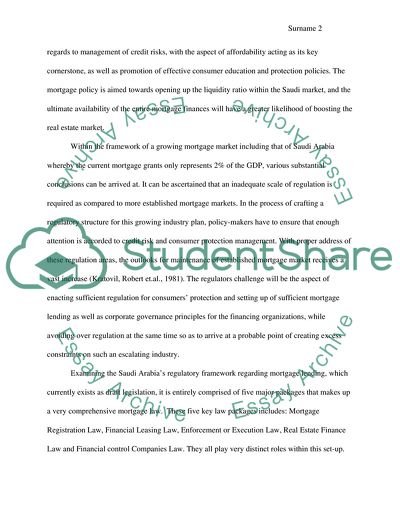Cite this document
(Financial Markets and Institutions Research Paper - 1, n.d.)
Financial Markets and Institutions Research Paper - 1. https://studentshare.org/law/1864099-financial-markets-and-institutions
Financial Markets and Institutions Research Paper - 1. https://studentshare.org/law/1864099-financial-markets-and-institutions
(Financial Markets and Institutions Research Paper - 1)
Financial Markets and Institutions Research Paper - 1. https://studentshare.org/law/1864099-financial-markets-and-institutions.
Financial Markets and Institutions Research Paper - 1. https://studentshare.org/law/1864099-financial-markets-and-institutions.
“Financial Markets and Institutions Research Paper - 1”. https://studentshare.org/law/1864099-financial-markets-and-institutions.


